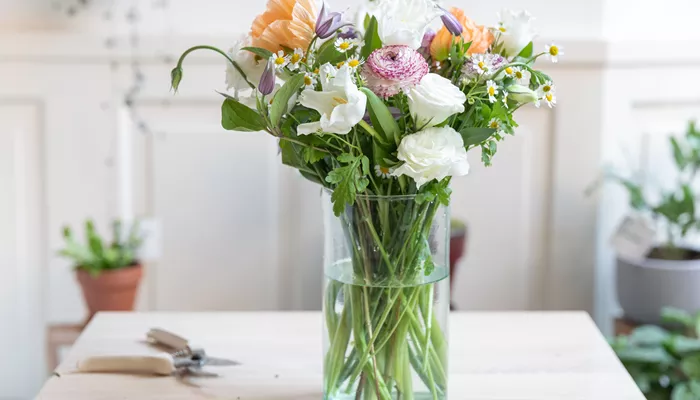The European cut flower industry faces significant challenges from climate change, but a shift towards sustainability is underway. As consumers increasingly demand transparency regarding the environmental impact and origin of their flowers, growers are adapting to meet these expectations and navigate rising energy costs.
Traditionally, many of Europe’s flowers, particularly Valentine’s Day roses, are sourced from large Kenyan farms or grown in massive Dutch greenhouses. However, this reliance is evolving as the industry grapples with climate change realities. Erratic weather patterns in Kenya, including rising temperatures and droughts, threaten flower yields and increase production costs, jeopardizing the livelihoods of flower farm workers.
Even European growers are feeling the pressure. Rising energy costs are impacting large-scale operations in the Netherlands, where most of the continent’s flowers originate. Concerns over pesticide use have led some Dutch municipalities to ban flowers at public events, highlighting the urgent need for change.
Despite these challenges, the Netherlands is also at the forefront of the sustainable floristry movement, driven by public awareness of the environmental impact of greenhouse operations. Innovations focus on reducing energy consumption through wind energy, LED lighting, and closed-loop fertilization systems.
Transportation and heating are major contributors to the carbon footprint of cut flowers. While air freight has a significant impact, heating and lighting greenhouses around the clock can be equally problematic. Encouragingly, increased use of sea freight for flowers from Africa and Latin America is helping to lower carbon emissions.
Consumers can support a more sustainable flower industry by:
- Supporting Fairtrade flowers: These purchases support flower workers in emerging countries who are on the frontlines of climate change, ensuring fair wages and community investment in climate-resilient initiatives.
- Choosing certified European-grown flowers: Look for certifications like ‘On the way to PlanetProof,’ which guarantees adherence to strict environmental standards.
- Seeking out local flower growers: Supporting local associations and businesses reduces environmental impact and promotes unique, seasonal blooms.
While there’s no single perfect answer for a sustainable bouquet, being informed and making conscious choices can make a real difference in supporting a greener future for the flower industry.


